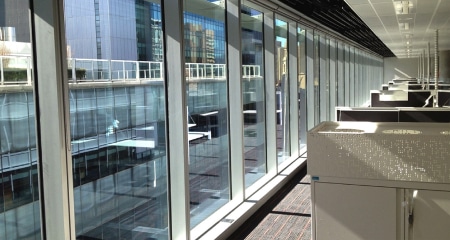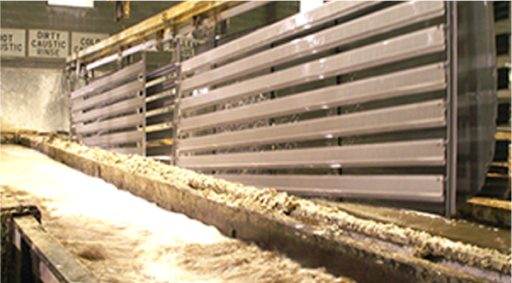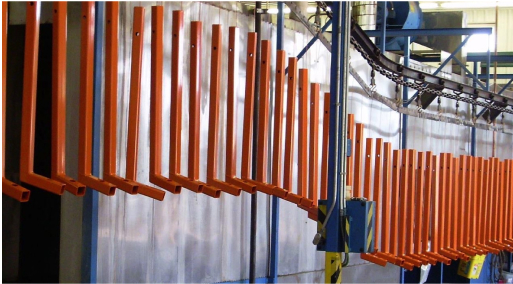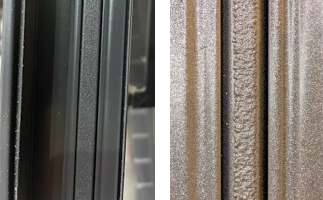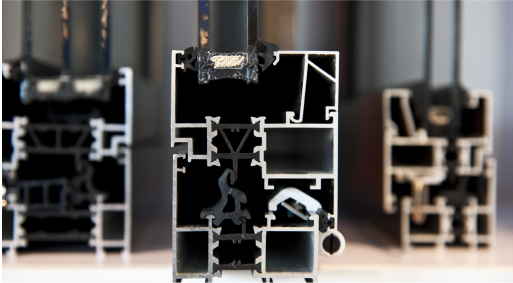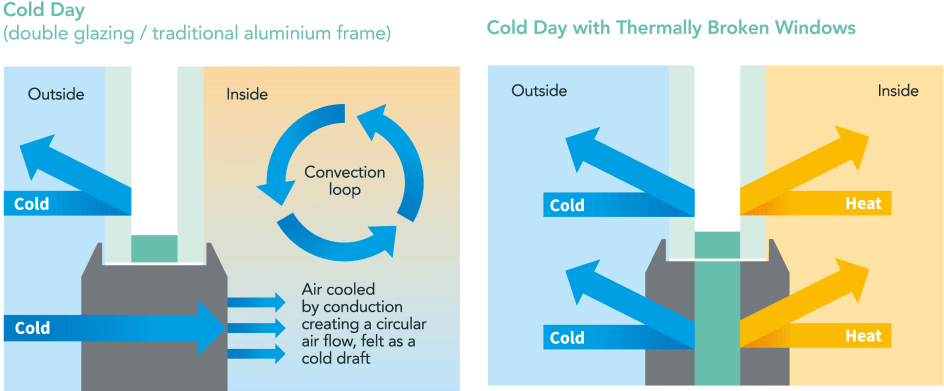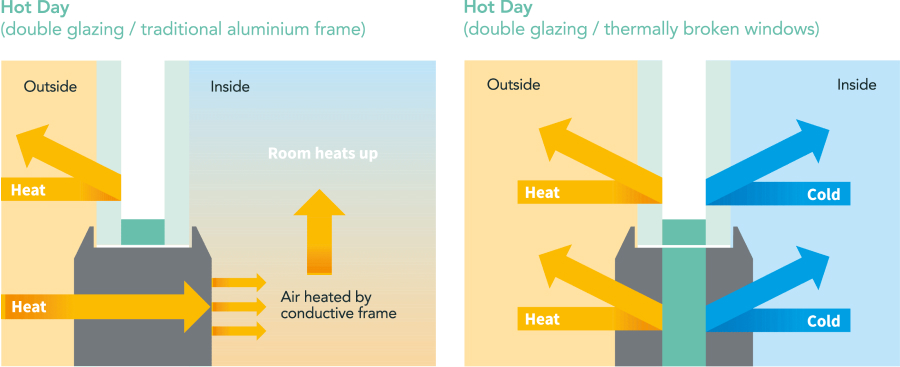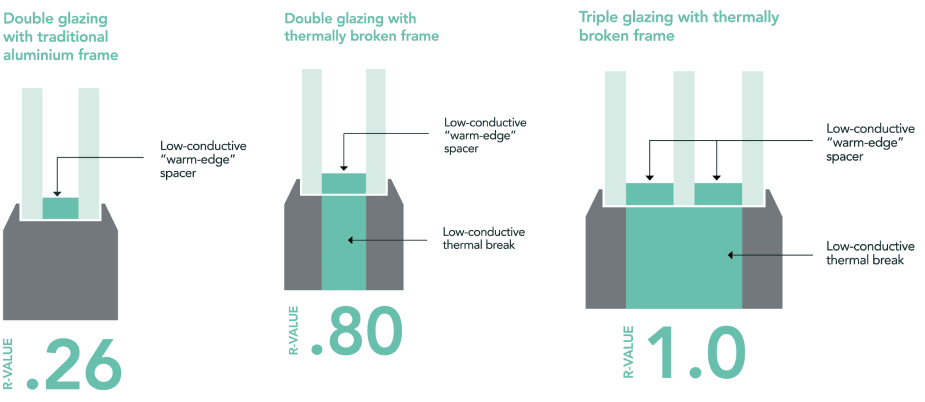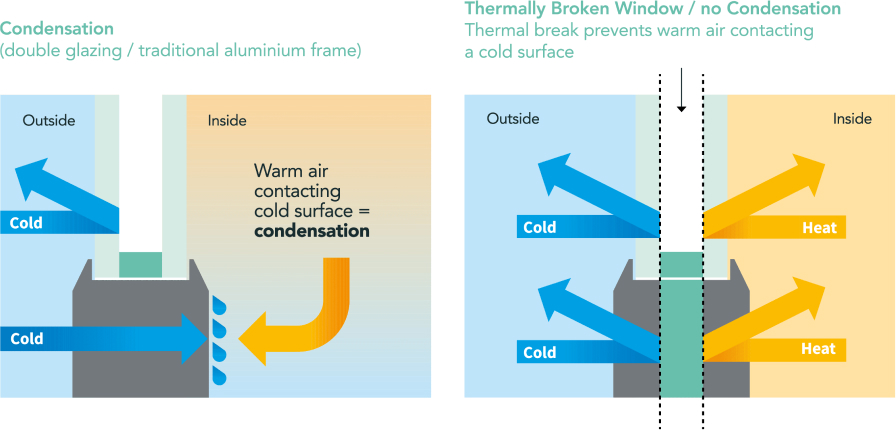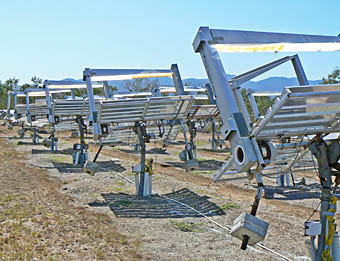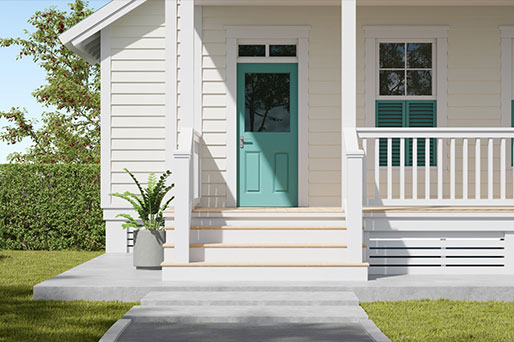
Choosing frame materials
External glazed windows and doors need a frame that is durable, strong and weather-tight. Timber, aluminium, and uPVC are among our mostly commonly used framing materials, and each has its pros and cons.
Aluminium
Light and durable, aluminium is a popular choice for framing in both residential and commercial buildings. Frames are typically factory-assembled to order, and used in retrofits or new builds. Aluminium doesn’t require regular repainting, so it needs less cleaning and maintenance than timber frames, which helps reduce its overall cost over a lifetime. The metal is also reusable and endlessly recyclable.

Anodising and powdercoating
Thermal breaks
uPVC
PVC (unplasticised polyvinyl chloride) is a naturally warm, easily cleaned material that is durable and resists chipping or splitting. A good insulating material, it aids home energy efficiency, and also reduces the risk of condensation forming on your window frames. To withstand wind loads, it is often reinforced with factory-fitted steel profiles. uPVC windows and doors are available with a variety of operational options, and in external finishes that stand up to harsher UV climates. Because it is unplasticised, uPVC is a more environmentally friendly polymer than PVC. It is easily recycled or downcycled into other products.
uPVC is commonly used throughout Europe and North America for window frames in residential housing. At this time, some uPVC window sections are imported and bring their overseas design influences, including functions and features not usually available with traditional New Zealand product . Some of these influences must be considered when integrating into local building design and construction methodologies. Whilst some manufacturers can provide a range of colours and/or external finishes, uPVC windows and doors are most commonly white in colour.
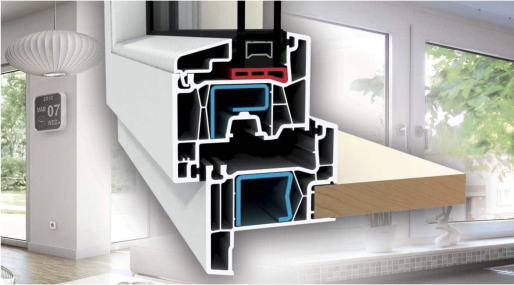
Durability
uPVC Manufacturers
Timber
The traditional choice for pre-1970s homes in New Zealand, timber is aesthetically pleasing and can be painted or stained in any colour. Internal reveals – the parts of the frame on the interior of the window or door – are also typically made of wood, even on window frames of other materials. Native softwoods were generally used in early New Zealand homes, with more exotic options appearing in later decades.
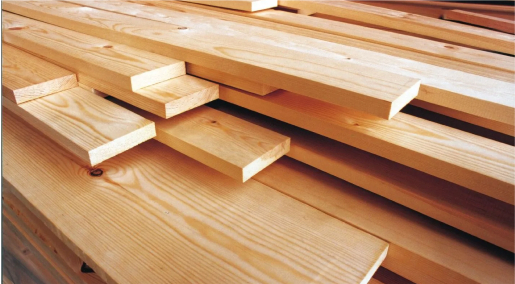
A considered choice
Steel
Steel window frames offer a durable and versatile solution for all types of buildings. Renowned for its strength and fine sightlines, steel is a premium framing material often used in architecturally designed residential homes but is equally suited to commercial projects too. Steel is often favoured for its visual appeal, especially in modern and contemporary designs, and can also provide enhanced security and fire resistance, where applications may require it.
Steel offers exceptional structural integrity, providing support for larger openings without compromising strength or performance. Uncoated steel will corrode over time, but modern systems are factory-finished with galvanising, zinc coatings, and durable powdercoat or paint finishes to ensure long-term weather resistance. Specialty options like stainless steel or Corten are also available for projects in harsh or coastal environments, or where a distinctive patina is desired.
Some suppliers offer thermally broken profiles which include an insulating core that separates the interior and exterior faces of the frame, significantly improving thermal performance and helping the building envelope meet its energy efficiency requirements.





